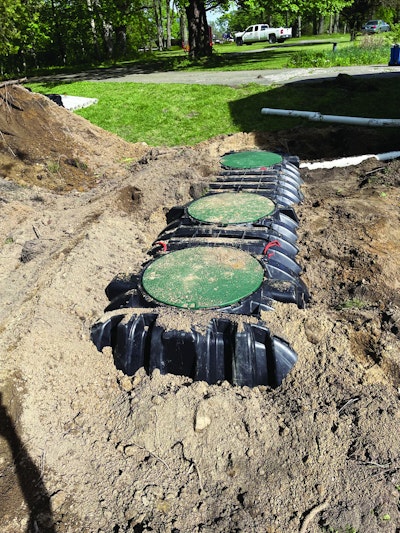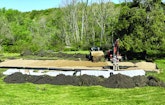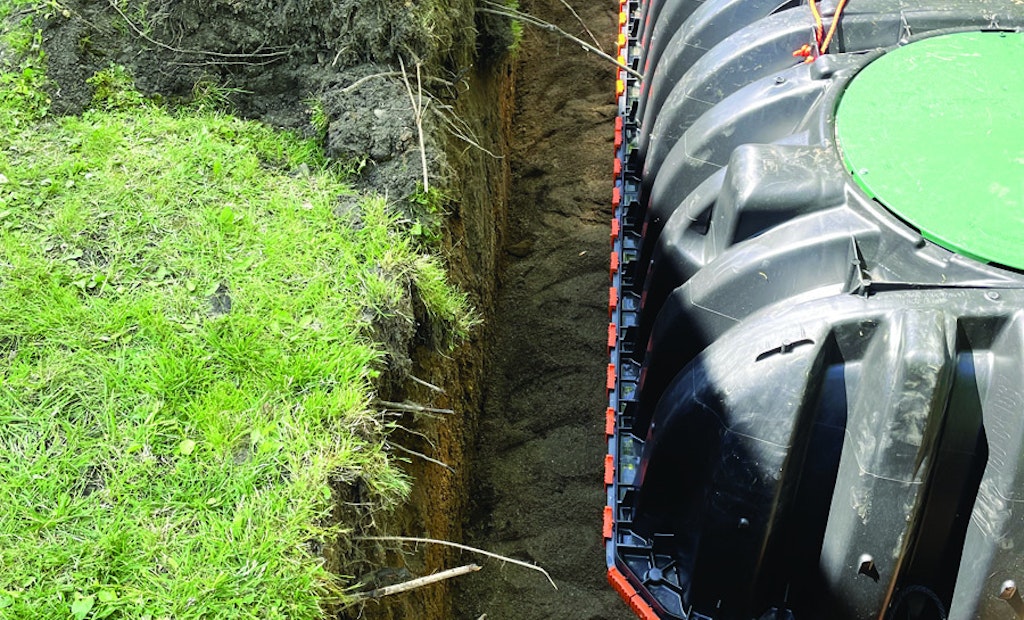Pam’s Promise, a women’s housing facility in Crawfordsville, Indiana, was in need of a new onsite system for one of its buildings, a four-bedroom home that had been closed because the old onsite system was undersized. So the facility was chosen for one of the charity...
Pam’s Promise Home Requires System Upgrade; IOWPA Delivers
Indiana onsite professionals and industry manufacturers donate a new system with ample flow for women’s crisis home facility
Popular Stories
Discussion
Comments on this site are submitted by users and are not endorsed by nor do they reflect the views or opinions of COLE Publishing, Inc. Comments are moderated before being posted.










